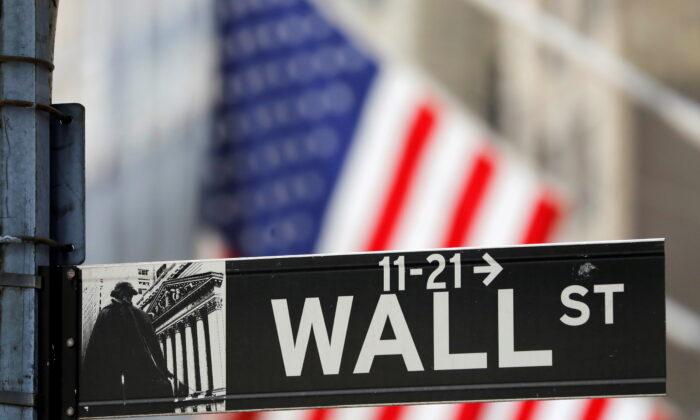U.S. stock indexes fell on Wednesday after a strong showing of private jobs in September fueled concerns of a sooner-than-expected easing of monetary stimulus in the face of growing worries of higher inflation.
The ADP National Employment Report showed private payrolls increased by 568,000 jobs last month. Economists polled by Reuters had forecast a rise of 428,000 jobs.
“In short, it looks like the gain in employment will qualify as ‘decent’, which is the threshold Fed Chair Jerome Powell has suggested to push ahead with a QE tapering announcement at the late-November meeting,” said Paul Ashworth, chief U.S. economist at Capital Economics.
The numbers come ahead of the more comprehensive non-farm payrolls data on Friday, which is expected to cement the case for the Federal Reserve’s slowing of asset purchases.
The benchmark U.S. 10-year yield touched its highest since June earlier in the session, pressuring shares of mega-cap growth companies including Apple Inc., Facebook, Microsoft Corp., and Alphabet Inc., which fell between 0.5 percent and 1.9 percent after staging a strong rebound on Tuesday.
All the 11 major S&P 500 sector indexes were trading lower, with financials and industrials down 1.0 percent each.
Oil prices hit multi-year highs earlier in the day, stoking concerns that major central banks will tighten monetary policy to counter sharp price rises. However, oil prices retreated from those highs, while the S&P 500 energy sector slid 2.4 percent.
A stalemate over Republicans and Democrats about the debt limit showed no sign of abating, with President Joe Biden saying that his Democrats might make an exception to a U.S. Senate rule to allow them to extend the government’s borrowing authority without Republican help.
“We’ve got a gridlock in Washington getting precariously close to missing a deadline on raising the debt ceiling,” said Art Hogan, chief market strategist at National Securities in New York.
“And that’s the number one thing that’s frustrating investors the most, but very close behind it is the fact that inflationary pressures will likely rear their head during the third quarter earnings season, which starts next week.”
Up to Tuesday’s close, the S&P 500 index logged its fourth straight day of 1 percent moves in either direction. The last time the index saw that much volatility was in November 2020, when it rose or fell 1 percent or more for seven straight sessions.
At 9:55 a.m. ET, the Dow Jones Industrial Average was down 316.84 points, or 0.92 percent, at 33,997.83, the S&P 500 was down 38.30 points, or 0.88 percent, at 4,307.42 and the Nasdaq Composite was down 105.65 points, or 0.73 percent, at 14,328.19.
American Airlines Group slipped 4.8 percent after Goldman Sachs cut its rating on the carrier to “sell” from “neutral”.
Shares in steelmaker Nucor Corp. dropped 3.2 percent after Goldman Sachs lowered its rating to “neutral” from “buy”.
Declining issues outnumbered advancers for a 4.33–to–1 ratio on the NYSE and for a 3.35–to–1 ratio on the Nasdaq.
The S&P index recorded no new 52-week high and seven new lows, while the Nasdaq recorded eight new highs and 125 new lows.






Friends Read Free